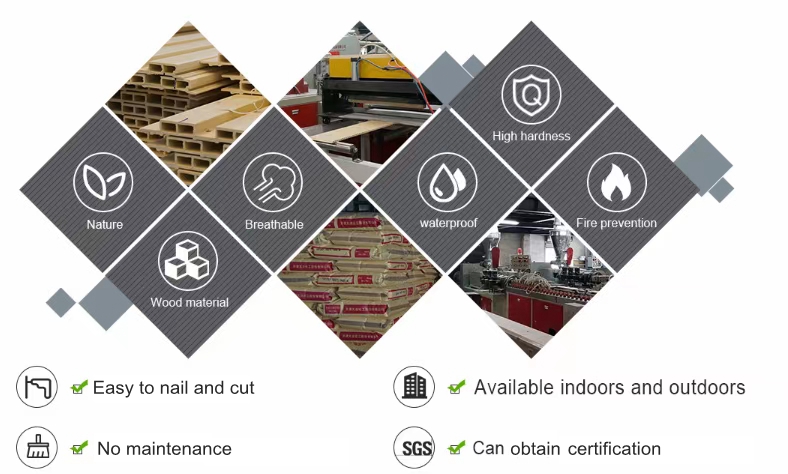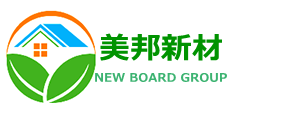WPC boards are a new type of material composed of wood fiber, bamboo fiber, and plastic composite. WPC boards have characteristics such as environmental protection, weather resistance, corrosion resistance, mold resistance, anti-slip properties, ease of processing, good appearance, and high stability.
Environmental protection: High-quality WPC boards use wood powder, bamboo powder, and PVC resin powder, effectively reducing the consumption of natural resources, in line with environmental protection concepts.
Weather resistance: WPC boards have good weather resistance, can resist the impact of ultraviolet rays, wind, and rain, and are not prone to fading or deformation.
Corrosion resistance: Compared to solid wood materials, WPC boards have better corrosion resistance and are less prone to moisture, mold, or insect damage.
Mold resistance: Due to the presence of plastic components, WPC boards are not prone to mold growth, keeping the surface clean and easy to maintain.
Anti-slip: WPC boards typically have anti-slip designs on the surface, increasing safety during use, especially suitable for outdoor flooring.
Ease of processing: WPC boards can be processed like wood, including sawing, drilling, and grinding, making construction convenient and flexible.
Good appearance: WPC boards have a texture and feel similar to wood, with a beautiful and elegant appearance suitable for various decoration styles.
High stability: Due to the composite structure of wood fiber and plastic, WPC boards have good dimensional stability and are not easily deformed by temperature changes.




